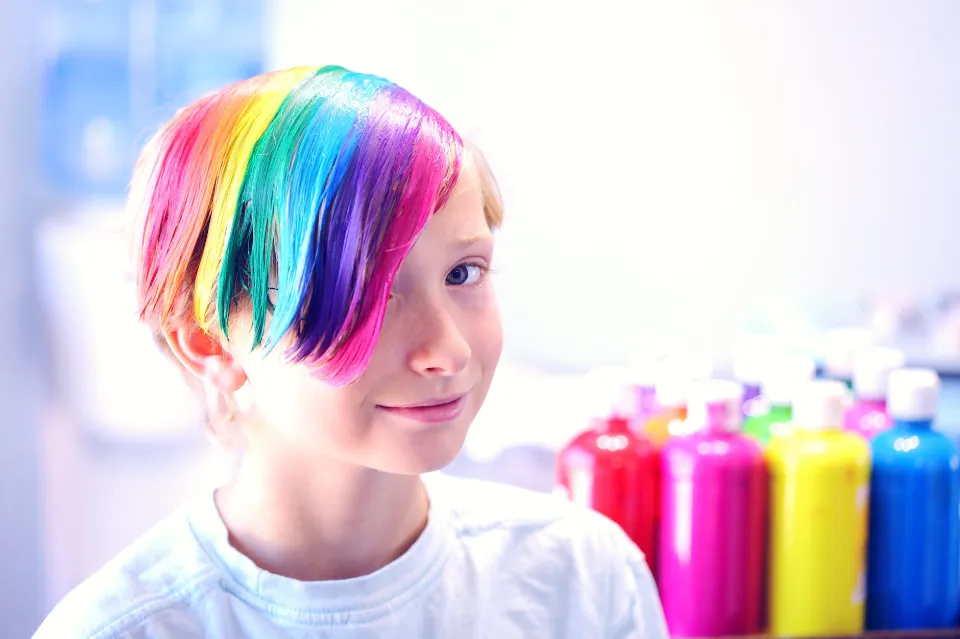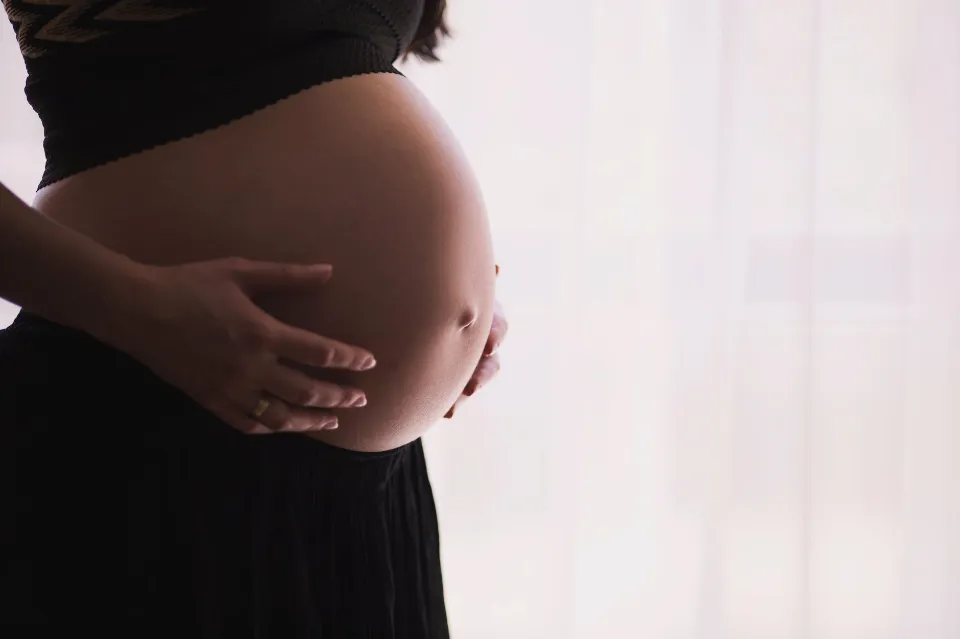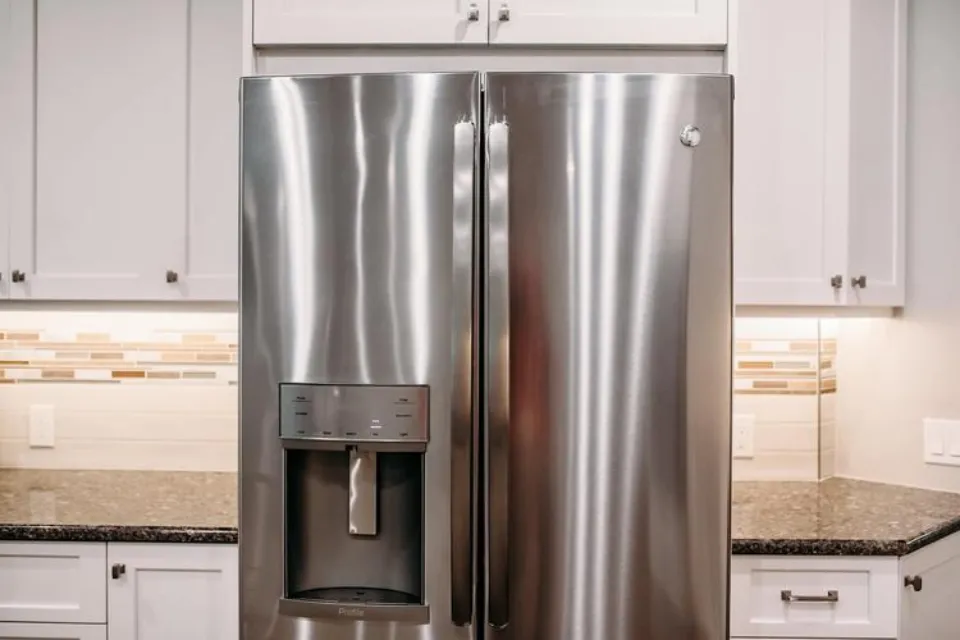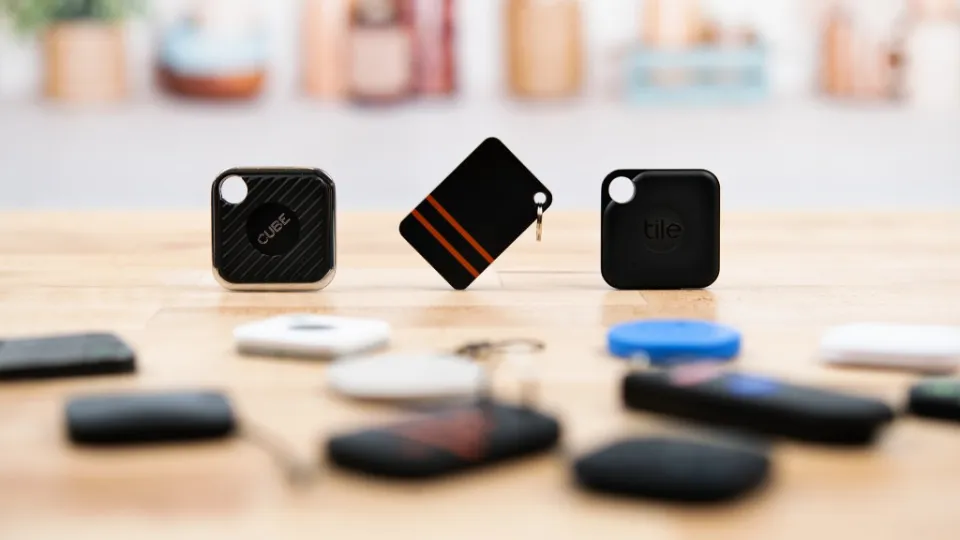It’s in your head. It’s time to refresh your hair color. Is hair dye effective at killing lice and nits??
Science hasn’t proven that bleach and hair dye can get rid of lice. Head lice could be affected by hair dyes and bleach that contain chemicals like ammonia and hydrogen peroxide.
This article examines the effects of hair dye on lice, how to use hair dye to eliminate lice, and the safety and precautions associated with using hair dye. We also discuss alternative lice treatments.
Does Hair Bleach Kill Lice?
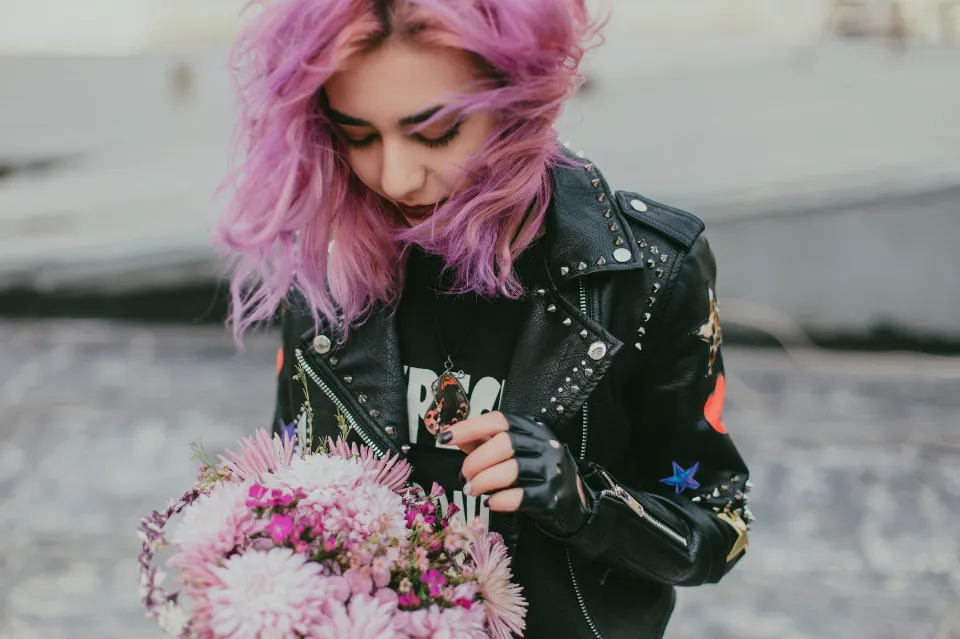
Chemicals found in hair bleach include ammonium persulfate, an oxidizer that bleaches out hair color. Hydrogen and stearyl alcohol are also present. Like dye, these ingredients are ineffective at getting rid of nits, though they might aid in killing lice on the scalp.
How Does Hair Dye Affect Lice?
Anecdotal evidence suggests that lice can be killed by alkaline ammonia-containing permanent hair dye.
Ammonia is a common toxic and corrosive substance that emits an obnoxious gas and has a distinct smell. Ammonia may be toxic to lice, which may help to explain why the chemical and the gas it generates are effective at killing the insects.
Hydrogen peroxide may also be present in permanent hair dye and bleaching solutions. Studies have found that this chemical effectively treats sea lice, but more research is necessary to determine its effects on head lice.
If unhatched nits remain on the scalp, they will hatch within 9–10 days of being laid, and the lice will return. If this happens, the procedure will need to be repeated because nit dye cannot penetrate their egg casing.
How to Use Hair Dye to Kill Lice
The following steps explain how a person can attempt to use hair dye to eliminate head lice:
- Use a lice comb to get rid of as many lice and nits as you can. In between uses, thoroughly clean the comb by soaking it in extremely hot water.
- As ammonia can be unpleasant and dangerous to breathe, heed the instructions to mix the dye in a well-ventilated area.
- Apply the dye by covering the roots of all your hair, the base of your neck, behind your ears, and your scalp with it.
- Leaving the dye on for the advised amount of time, then rinsing as directed.
- Repeat the lice comb through the hair procedure.
- To possibly help kill any remaining lice, dry hair at a high temperature.
Safety and Precautions of Using Hair Dye
Inadvertently swallowing the dye can result in life-threatening allergic reactions, mouth and stomach irritation, and stomach injury. Additionally, eye exposure may result in issues ranging from minor itchiness to vision loss.
When dyeing hair, a person should take safety precautions, such as:
- Using disposable gloves, which often come with the dye product
- Avoiding touching the eyes and mouth when handling hair dye
- Not dyeing eyebrows or eyelashes with hair dye
When treating lice in children’s hair, experts advise against using bleach or hair dye. Hair dye can harm adult hair, but since children’s hair is usually thinner and more delicate, it is even more likely to harm it. Chemical reactions to the eyes, airways, scalp, and hair may also be more common in children.
Risks of Using Hair Dye
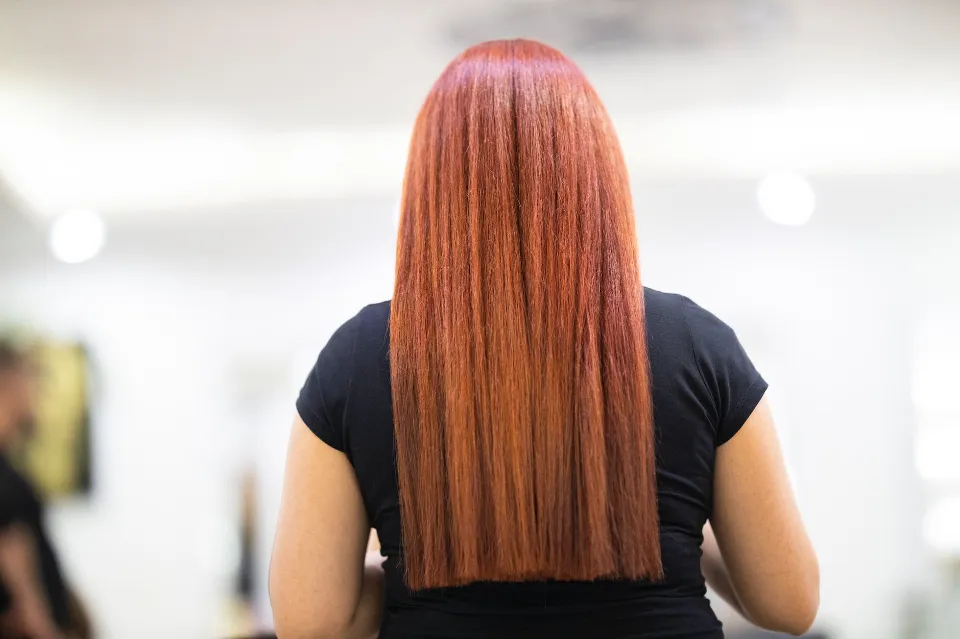
Permanent hair dye can irritate the scalp and cause side effects, including:
- Swelling
- Redness
- Burning
- Itching
- Hair damage and breakage
- Hives
- Dry hair
- Thinning hair
A person may have a serious reaction if they swallow hair dye, breathe it in, or get it in their eyes. These include:
- Vomiting
- Trouble breathing
- Chemical burn
- Irritation in the eyes
- Vision loss
If this happens, the person should get medical help right away.
Alternative Treatments to Kill Lice
A person can use a lice comb to comb their hair, but if this is the only method of treatment, it will not successfully get rid of lice. Treatments for lice includeTrusted Source:
- Insecticide-based treatments: These treatments are less effective now than they were previously because lice have developed a tolerance to many insecticides over time.
- Silicone-based treatments: These treatments suffocate lice by covering them in a layer of oil. They do not run the risk of developing resistance since they do not contain pesticides or insecticides.
- Plant-based treatments: More research is required, but remedies like coconut oil and other DIY solutions might help get rid of lice.
Some evidenceTrusted Source also suggests vinegar or oil in combination with some hair dye chemicals may help kill or loosen lice. These techniques are no longer used, though, as a result of significant drawbacks.
Even after treatment, the person with the lice and nits must physically remove them with a lice comb.
Most lice treatments are available over-the-counter. They will usually need to reapply the treatment every 7–10 daysTrusted Source until all the lice and nits are gone.
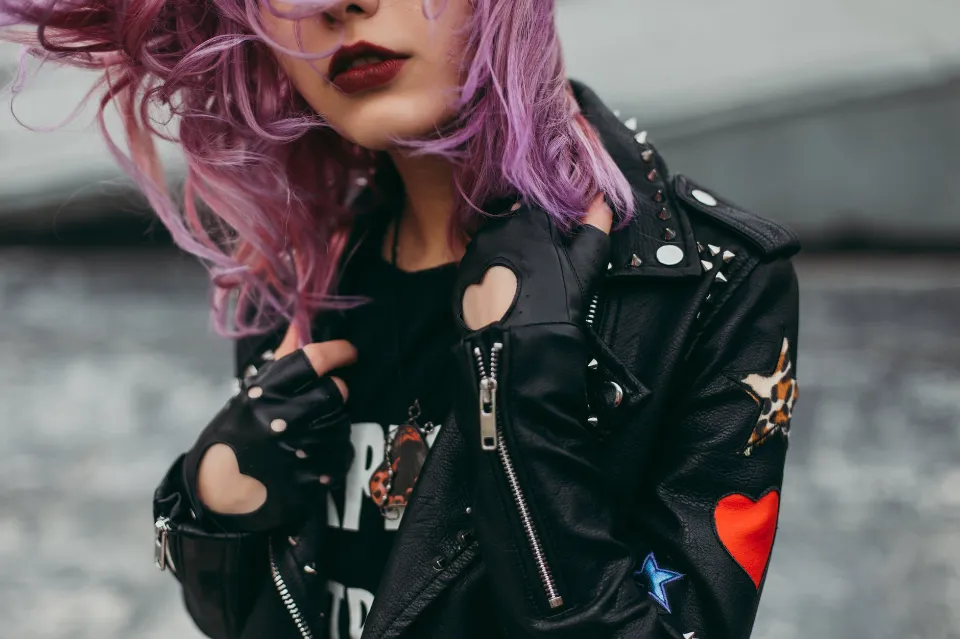
Takeaway
There is no scientific evidence that bleach and hair dye can kill lice. Anecdotal evidence, however, suggests that they might be useful. However, they are unable to eradicate lice eggs, or nits.
There are probably more effective methods of lice removal. If you want to try using hair dye or bleach to get rid of lice, be sure to also use a lice comb to get rid of the lice and nits. Also, keep an eye out for any remaining or live lice.
FAQs
Can Lice Survive a Hair Straightener?
The intense heat renders lice and nits inert. Lice and nits cannot survive temperatures higher than 113°F (45°C). They are therefore vulnerable to any heat source, including a hairdryer or the straightening iron’s plates.
What Kills Head Lice Instantly?
The FDA has approved the use of 1% permethrin lotion to treat head lice. When used as recommended, permethrin is secure and efficient. Live lice are killed by permethrin, but unhatched eggs are not.
What Kind of Hair Dye Kills Lice?
Permanent hair dyes and bleach that contain ammonia and hydrogen peroxide COULD affect and possibly even kill head lice, but they won’t harm or get rid of the nits (lice eggs attached to the hair strand before they hatch). In order to successfully treat lice, the nits must be removed.

